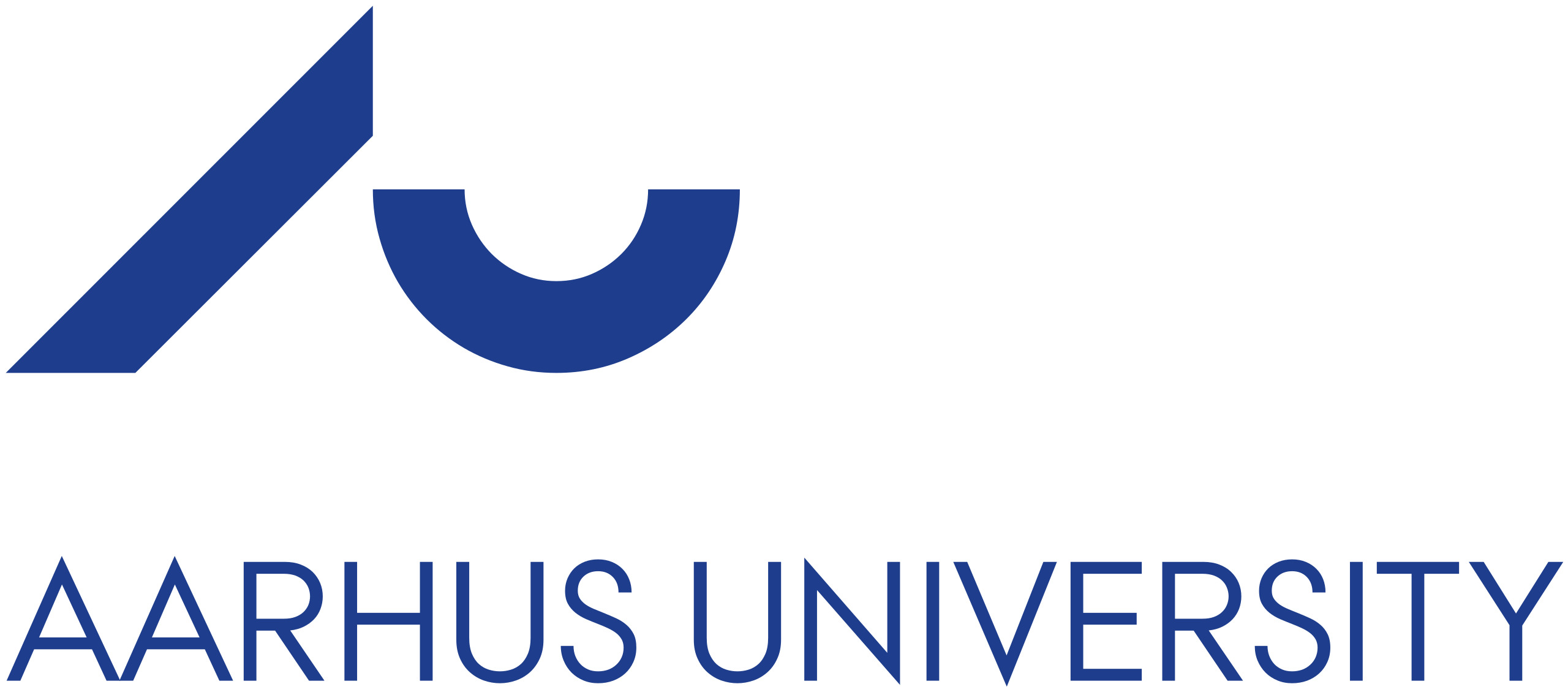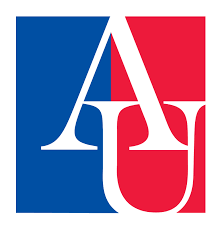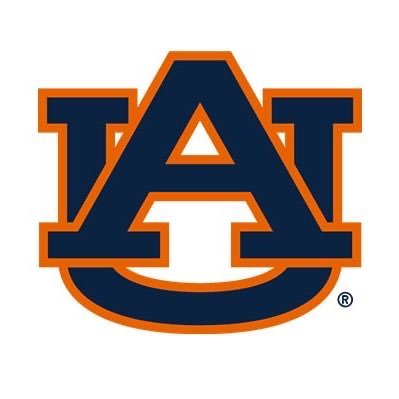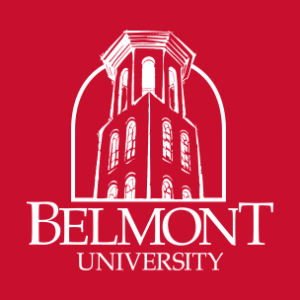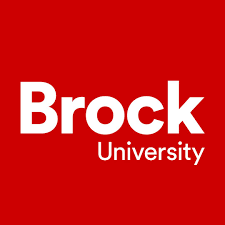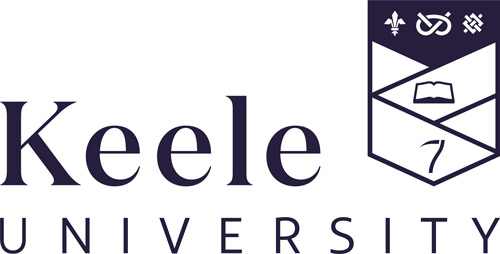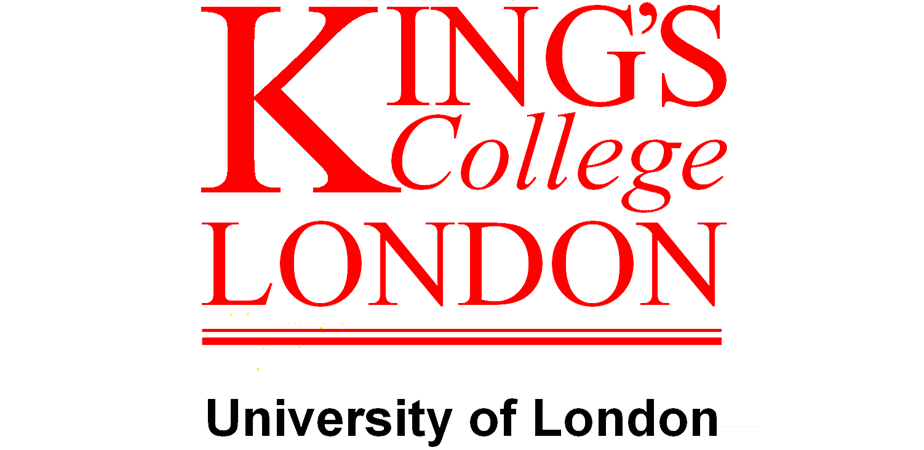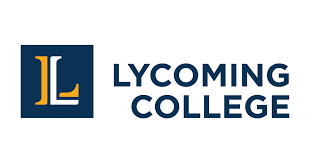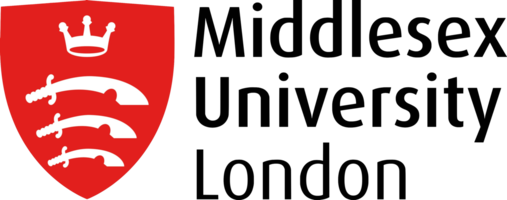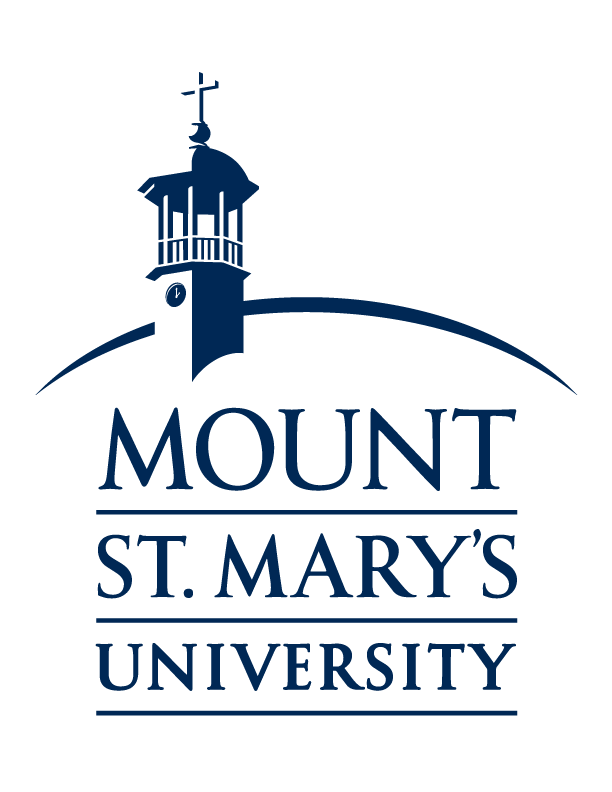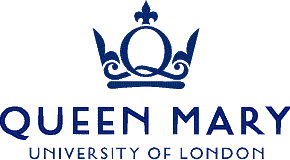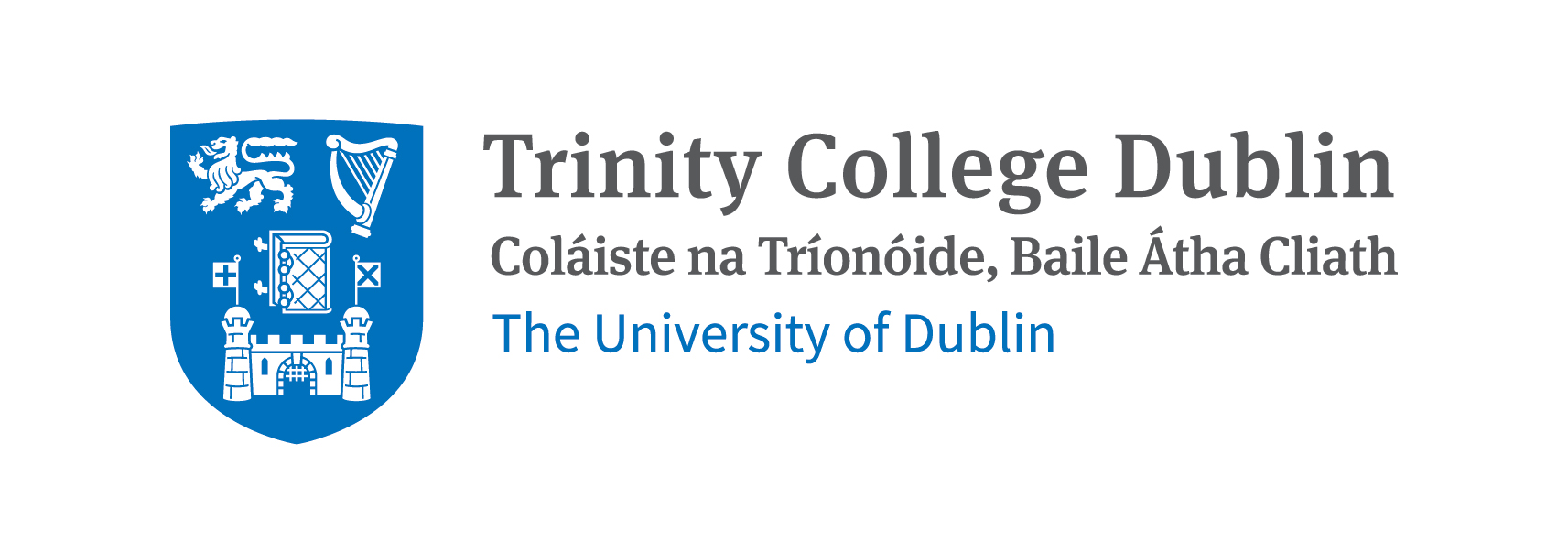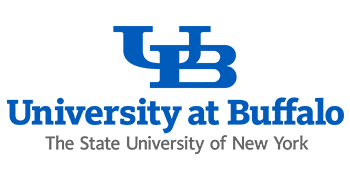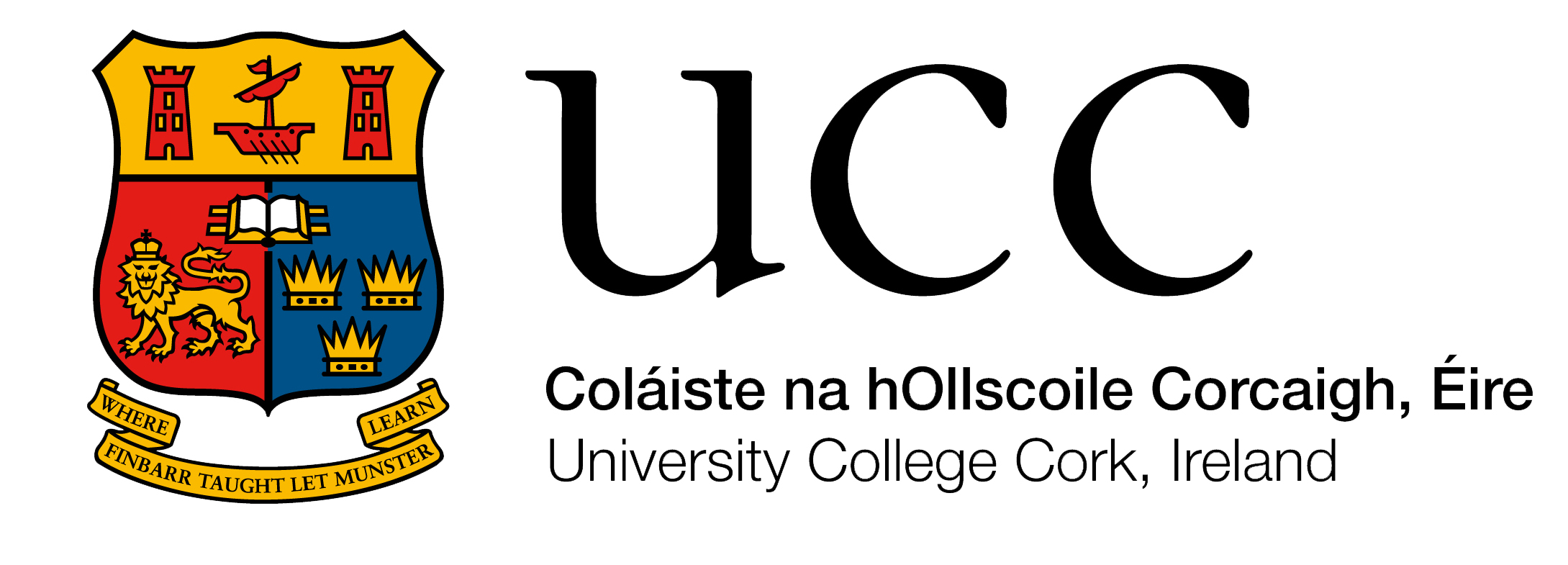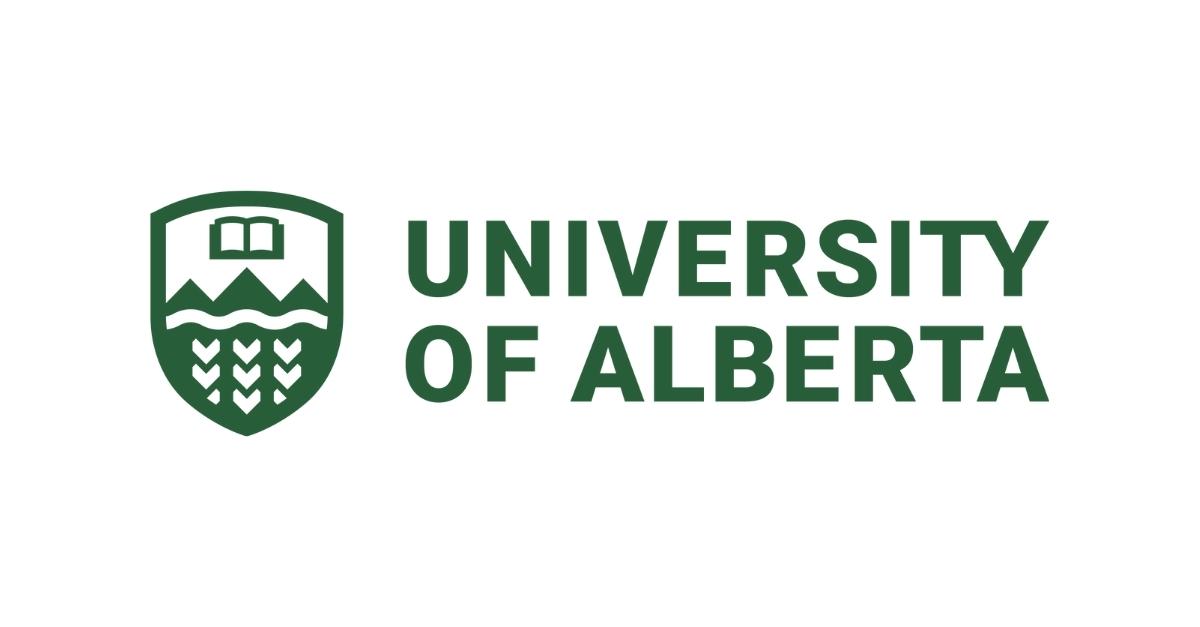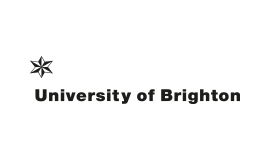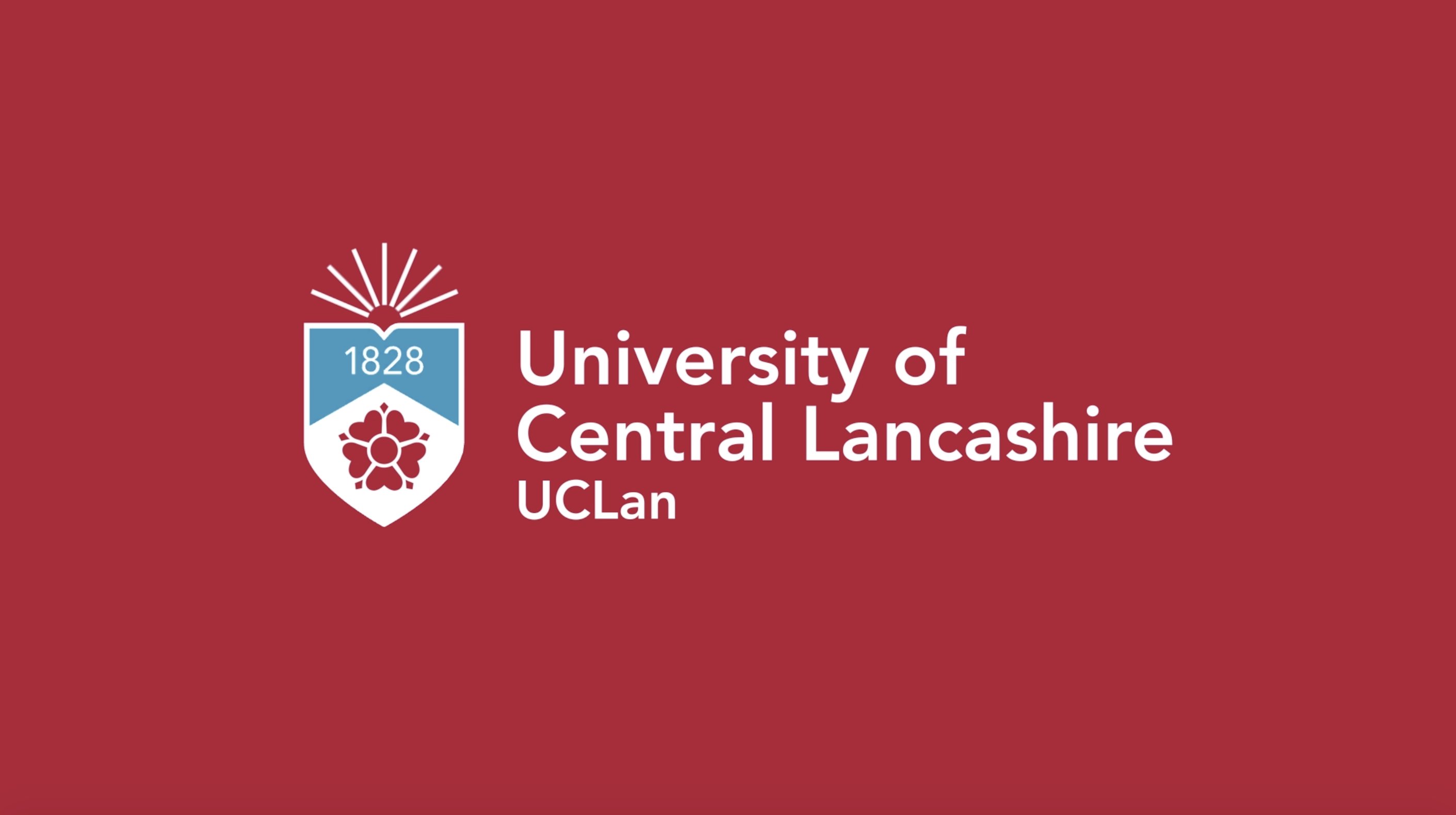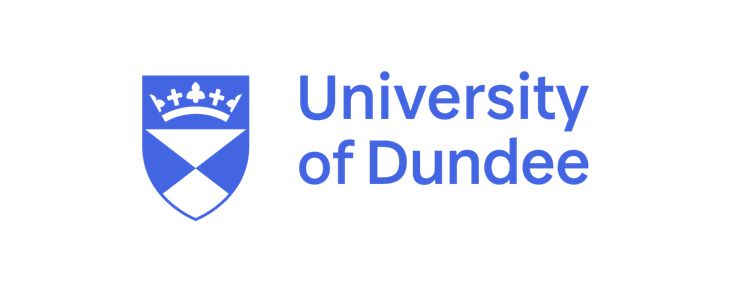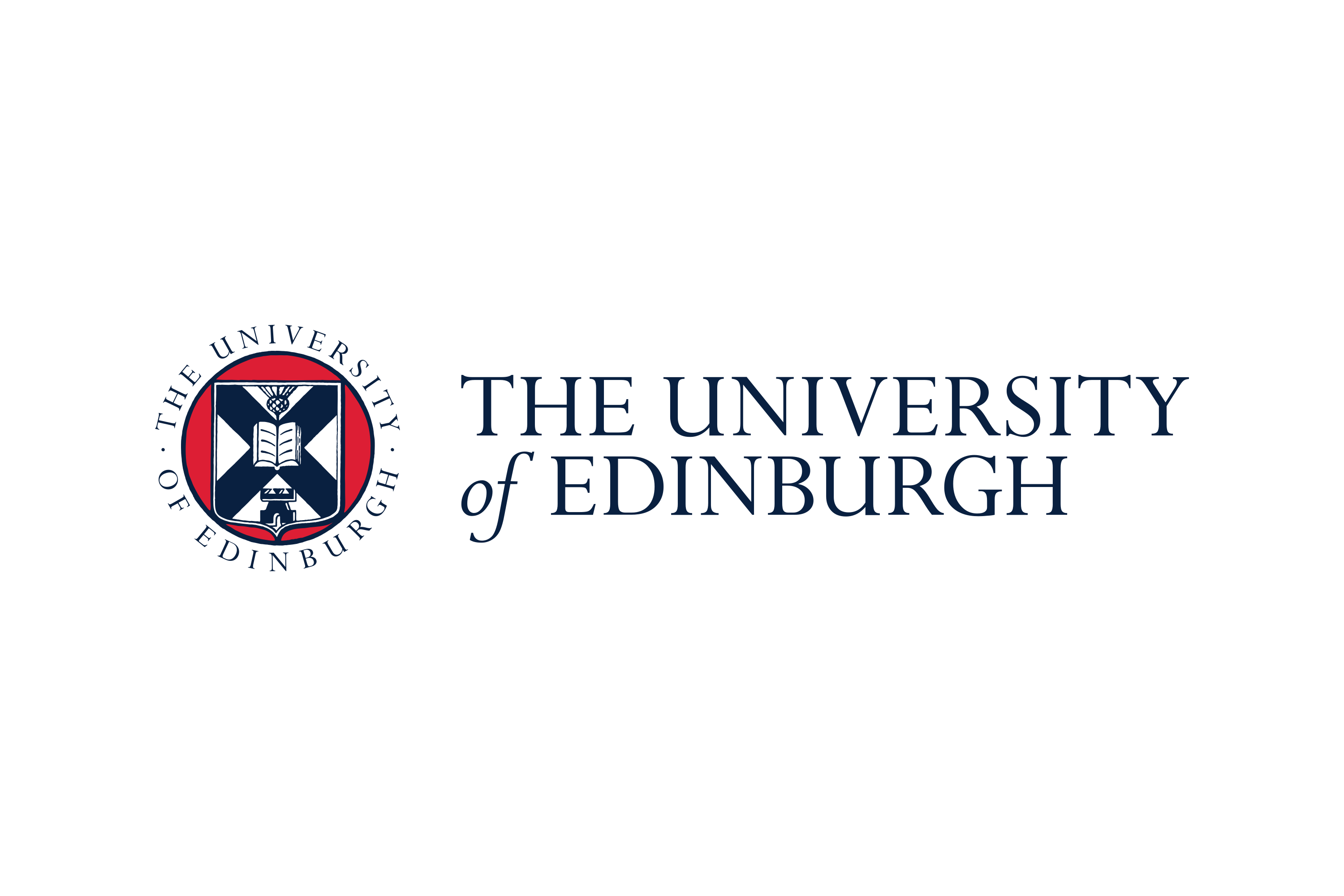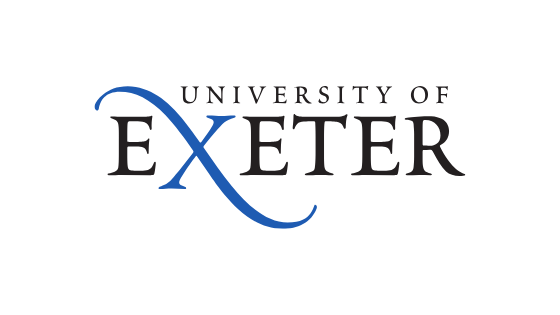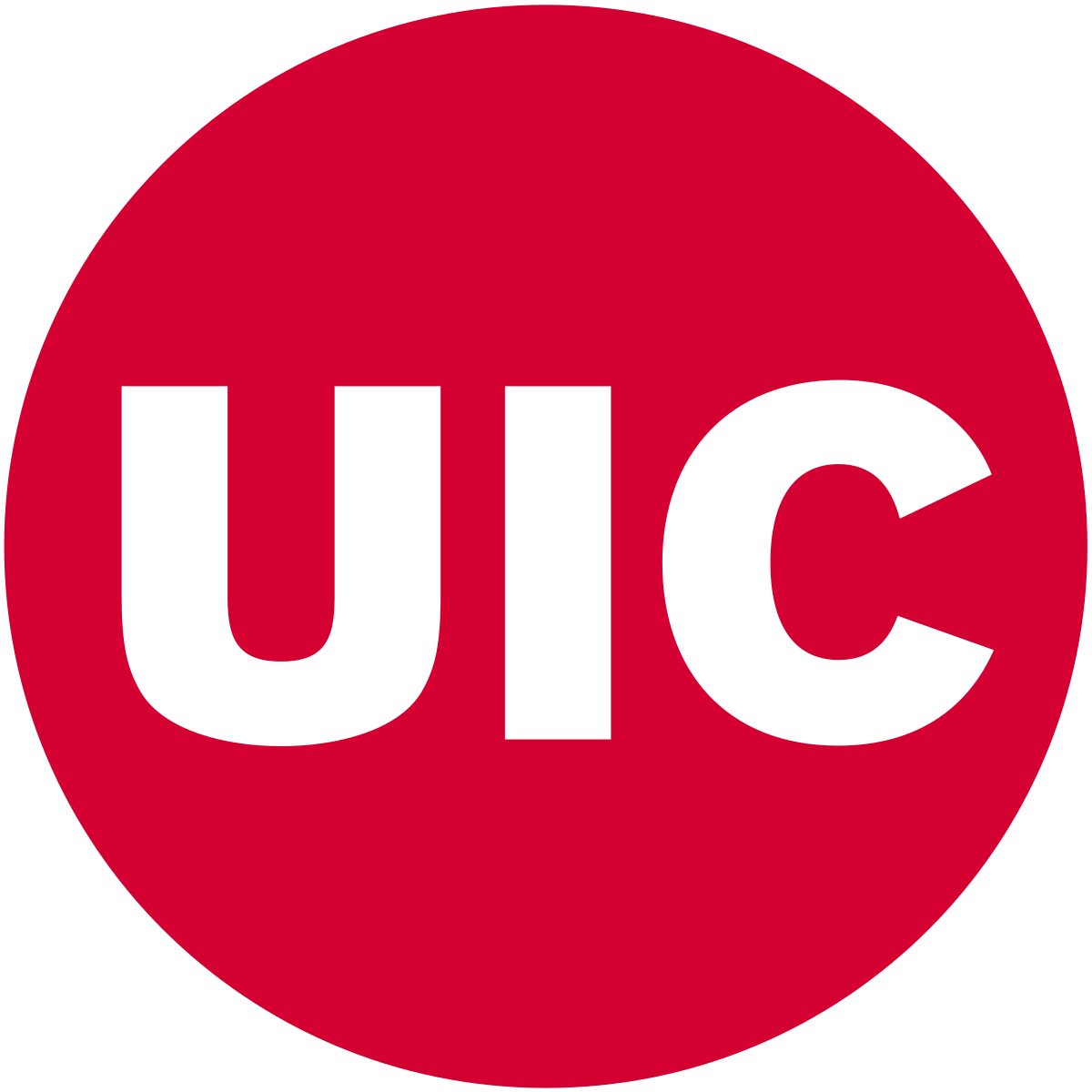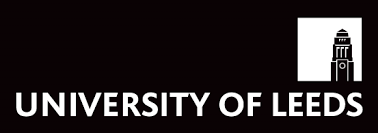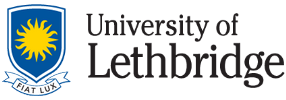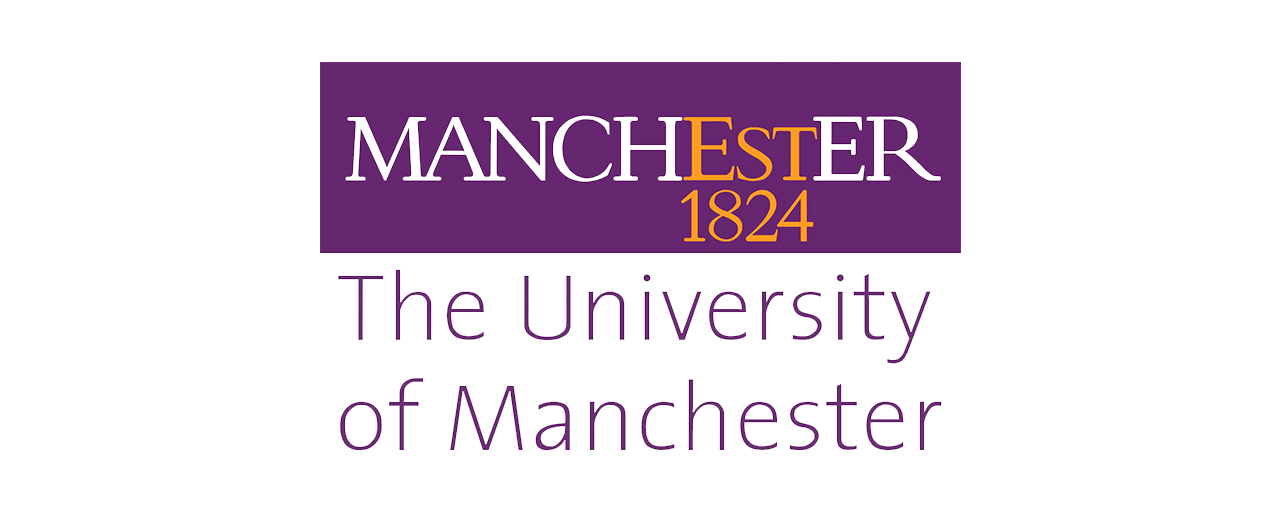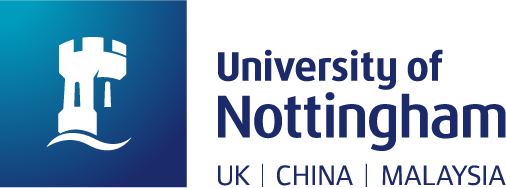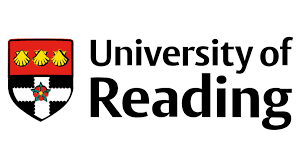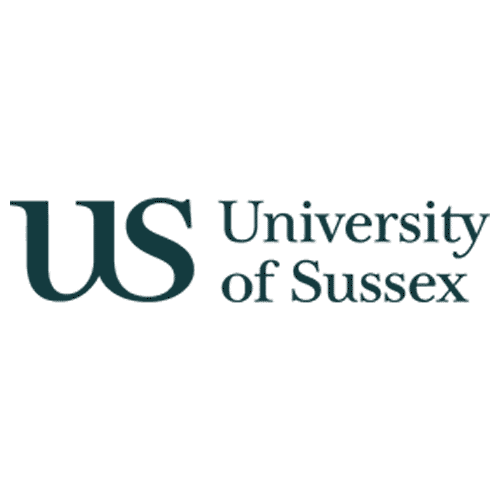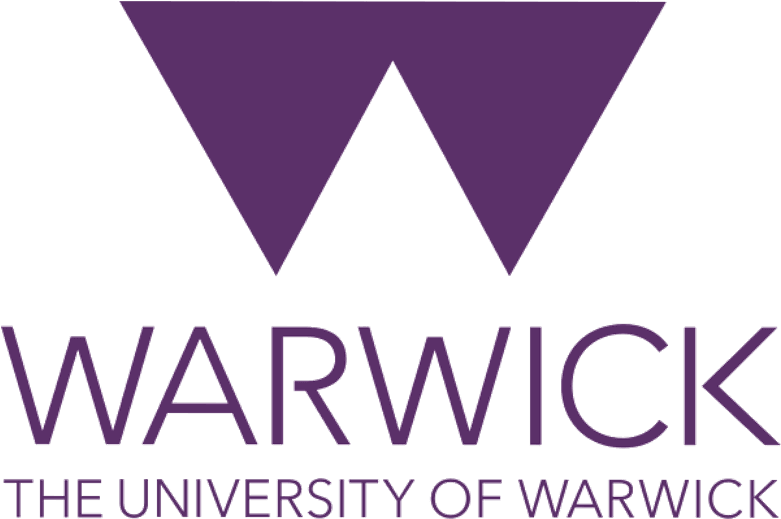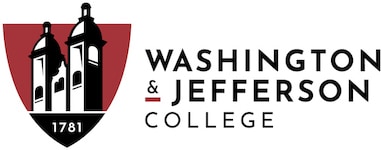Neuroscience: Unlocking the Mysteries of the Brain Abroad
Are you fascinated by how the brain works, controls our thoughts, emotions, and actions? Neuroscience, the scientific study of the nervous system, offers a gateway to understanding these complexities. For Indian students aspiring to study abroad, pursuing a degree in Neuroscience opens doors to cutting-edge research, world-class facilities, and global career opportunities. This interdisciplinary field combines biology, psychology, chemistry, and even computer science to explore everything from neural disorders to artificial intelligence inspired by the brain.
Studying Neuroscience abroad equips you with advanced knowledge and skills that are highly valued in today's innovation-driven world. Whether you're interested in treating neurological diseases like Alzheimer's or developing brain-computer interfaces, an international education in this field can propel your career forward. In this guide, tailored for Indian students, we'll explore course details, top destinations, eligibility, and more to help you make an informed decision.
Why Choose Neuroscience as Your Study Abroad Path?
Neuroscience is one of the fastest-growing fields globally, with applications in healthcare, technology, and pharmaceuticals. For Indian students, studying abroad in Neuroscience means accessing resources that may be limited back home, such as state-of-the-art labs, neuroimaging tools like fMRI, and collaborations with leading experts.
- Interdisciplinary Appeal: Blend science with real-world impact, from drug discovery to cognitive therapies.
- High Demand: Graduates are sought after in research, biotech, and academia, with average starting salaries abroad ranging from $50,000 to $80,000 annually.
- Personal Growth: Gain exposure to diverse cultures and international networks, enhancing your global perspective.
- Relevance to India: With rising neurological issues in India due to aging populations and lifestyle changes, your expertise can contribute to national healthcare advancements upon return.
Moreover, many universities abroad emphasize hands-on learning through internships and research projects, giving you a competitive edge over peers who study domestically.
Top Destinations for Studying Neuroscience Abroad
Choosing the right country is crucial for your academic and professional journey. Here are some premier destinations popular among Indian students, known for their robust Neuroscience programs:
| Country | Top Universities | Key Highlights | Tuition Fees (Annual, Approx. in INR) |
|---|---|---|---|
| USA | Harvard University, Stanford University, Johns Hopkins University | World-leading research in neurogenetics and AI; strong industry ties with companies like Neuralink. | 20-40 lakhs |
| UK | University of Oxford, University College London (UCL), University of Cambridge | Focus on clinical neuroscience; shorter program durations (1-year Master's); proximity to Europe for conferences. | 15-30 lakhs |
| Canada | University of Toronto, McGill University, University of British Columbia | Affordable living costs; emphasis on bilingual research; post-study work permits up to 3 years. | 10-25 lakhs |
| Australia | University of Melbourne, University of Sydney, Australian National University | Strong in computational neuroscience; vibrant student life; pathways to permanent residency. | 18-35 lakhs |
| Germany | Max Planck Institute (affiliated programs), Heidelberg University | Low or no tuition fees for public universities; excellence in basic neuroscience research. | 0-10 lakhs (mostly free) |
These countries offer English-taught programs, making them accessible for Indian students. The USA and UK lead in funding for Neuroscience, with millions allocated to brain research initiatives like the BRAIN Initiative in the US.
Typical Course Structure and Curriculum
Neuroscience programs abroad vary by level—Bachelor's (3-4 years), Master's (1-2 years), or PhD (3-5 years)—but share a core curriculum designed to build foundational and specialized knowledge. Expect a mix of lectures, labs, seminars, and independent research.
Bachelor's in Neuroscience
Entry-level programs introduce the basics while allowing electives in related fields.
- Core Subjects: Cellular and Molecular Neuroscience, Systems Neuroscience, Neuroanatomy.
- Lab Work: Experiments on neural signaling, animal models, and data analysis using software like MATLAB.
- Electives: Cognitive Psychology, Neuropharmacology, or Bioinformatics.
- Duration and Credits: 120-140 credits over 3-4 years, including a capstone project.
Master's in Neuroscience
Advanced programs focus on research and specialization, ideal for Indian students with a science background.
- Year 1: Advanced coursework in Neurobiology, Electrophysiology, and Brain Imaging Techniques.
- Research Component: Thesis on topics like neurodegenerative diseases or neural plasticity; often 6-12 months of lab work.
- Specializations: Clinical Neuroscience (for medicine), Computational Neuroscience (for tech enthusiasts), or Behavioral Neuroscience.
- Assessment: Exams (30%), coursework (40%), and thesis defense (30%).
PhD programs emphasize original research, with stipends often covering tuition and living expenses. Many include interdisciplinary modules, such as integrating AI for brain mapping, reflecting the field's evolution.
Indian students should note that programs abroad often require prerequisite courses in biology and chemistry from your undergraduate degree in India, like BSc in Life Sciences.
Eligibility and Admission Requirements for Indian Students
Gaining admission to international Neuroscience programs requires careful preparation. Here's what you need:
- Academic Qualifications: Minimum 60-70% in Bachelor's for Master's; relevant subjects like Biology, Chemistry, or Psychology.
- Standardized Tests: GRE (for US/Canada, optional in some UK unis); IELTS (6.5+) or TOEFL (90+) for English proficiency.
- Documents: Statement of Purpose (SOP) highlighting your interest in Neuroscience; Letters of Recommendation (2-3 from professors); CV with research experience.
- Visa Essentials: Proof of funds (e.g., 20-30 lakhs for first year in US); health insurance; and student visa interview preparation.
- Deadlines: Apply 6-12 months in advance; fall intake (September) is most common.
For Indian students, bridging courses or foundation programs may be available if your degree doesn't align perfectly. Scholarships can ease financial burdens—more on that below.
Career Prospects After Studying Neuroscience Abroad
A degree in Neuroscience abroad unlocks diverse, rewarding careers. With India's growing biotech sector (valued at $100 billion by 2025), returning home or staying abroad both offer strong prospects.
- Research and Academia: Neuroscientist at institutes like NIMHANS in India or NIH in the US; PhD holders earn 15-25 lakhs INR starting in India.
- Healthcare: Neurologist or Clinical Researcher; combine with MBBS for medical roles abroad.
- Industry: Roles in pharma (e.g., Biocon in India) or tech (Google Brain teams); salaries up to 50 lakhs INR with experience.
- Emerging Fields: Neurotech startups, AI ethics, or policy advising on mental health.
Post-study work visas (e.g., OPT in US, PSW in UK) allow 1-3 years of employment, boosting employability. Many alumni from Indian backgrounds lead global projects, like those at the Allen Institute for Brain Science.
Scholarships and Funding Options for Indian Students
Studying abroad can be expensive, but numerous scholarships support Neuroscience aspirants from India.
| Scholarship | Eligibility | Coverage | Application Tip |
|---|---|---|---|
| Fulbright-Nehru Master's Fellowships (USA) | Indian citizens with strong academics; leadership potential. | Full tuition, living stipend, travel. | Apply via USIEF; emphasize research impact. |
| Chevening Scholarships (UK) | 2+ years work experience; commitment to India-UK ties. | Full funding for Master's. | Focus SOP on Neuroscience's societal benefits. |
| Vanier Canada Graduate Scholarships | Top Master's/PhD applicants; research excellence. | CAD 50,000/year for 3 years. | Nomination by Canadian university required. |
| DAAD Scholarships (Germany) | Indian graduates for Master's/PhD. | Tuition waiver + €934/month stipend. | Apply directly to DAAD portal early. |
| Endeavour Scholarships (Australia) | Merit-based for postgraduate studies. | AUD 100,000+ for tuition and travel. | Highlight interdisciplinary Neuroscience projects. |
University-specific aid, like Harvard's need-based grants, and Indian government schemes (e.g., ICCR) can cover up to 100% costs. Part-time jobs (20 hours/week) and teaching assistantships further help manage expenses.
Tips for a Successful Application and Study Abroad Journey
To thrive in Neuroscience studies abroad:
- Build a Strong Profile: Gain research experience through internships at IITs or CSIR labs in India.
- Network Early: Attend webinars by target universities; join forums like Studyportals for Indian students.
- Prepare for Challenges: Adapt to rigorous coursework and cultural differences; seek support from Indian student associations.
- Plan Finances: Budget for living costs (e.g., £10,000-15,000/year in UK); explore loans from Indian banks like SBI.
- Stay Updated: Follow journals like Nature Neuroscience to align your interests with program strengths.
Embarking on a Neuroscience journey abroad is an investment in your future. With dedication, you can contribute to groundbreaking discoveries that benefit humanity. Contact our study abroad counselors for personalized guidance on applications and visas.

